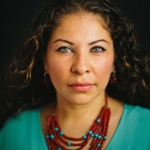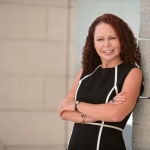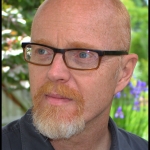
Mickey Northcutt
Can public art be used equitably?
Posted by Nov 21, 2018

Mickey Northcutt
The benefits of public art are plentiful: inspiration, engagement, revitalization, economic development, beauty. Public art has all too often been directly associated with the displacement of families and individuals when used as an economic development tool in historically low-income communities without proper protections in place against displacement. With a well-thought-out anti-displacement strategy in place, public art can be transformative for historically low-income neighborhoods everywhere. The Punto Urban Art Museum, a public art initiative founded by North Shore Community Development Corporation in Salem, Massachusetts, is addressing this head on as we enter a third year of programming. After seeing increased levels of engagement when utilizing arts and creativity in our community organizing work and in a temporary pilot mural project, NSCDC began to take art and placemaking more seriously as a strategy to address the community priority of reducing stigma in the predominantly low-income, majority-minority Point neighborhood.
Read More





























